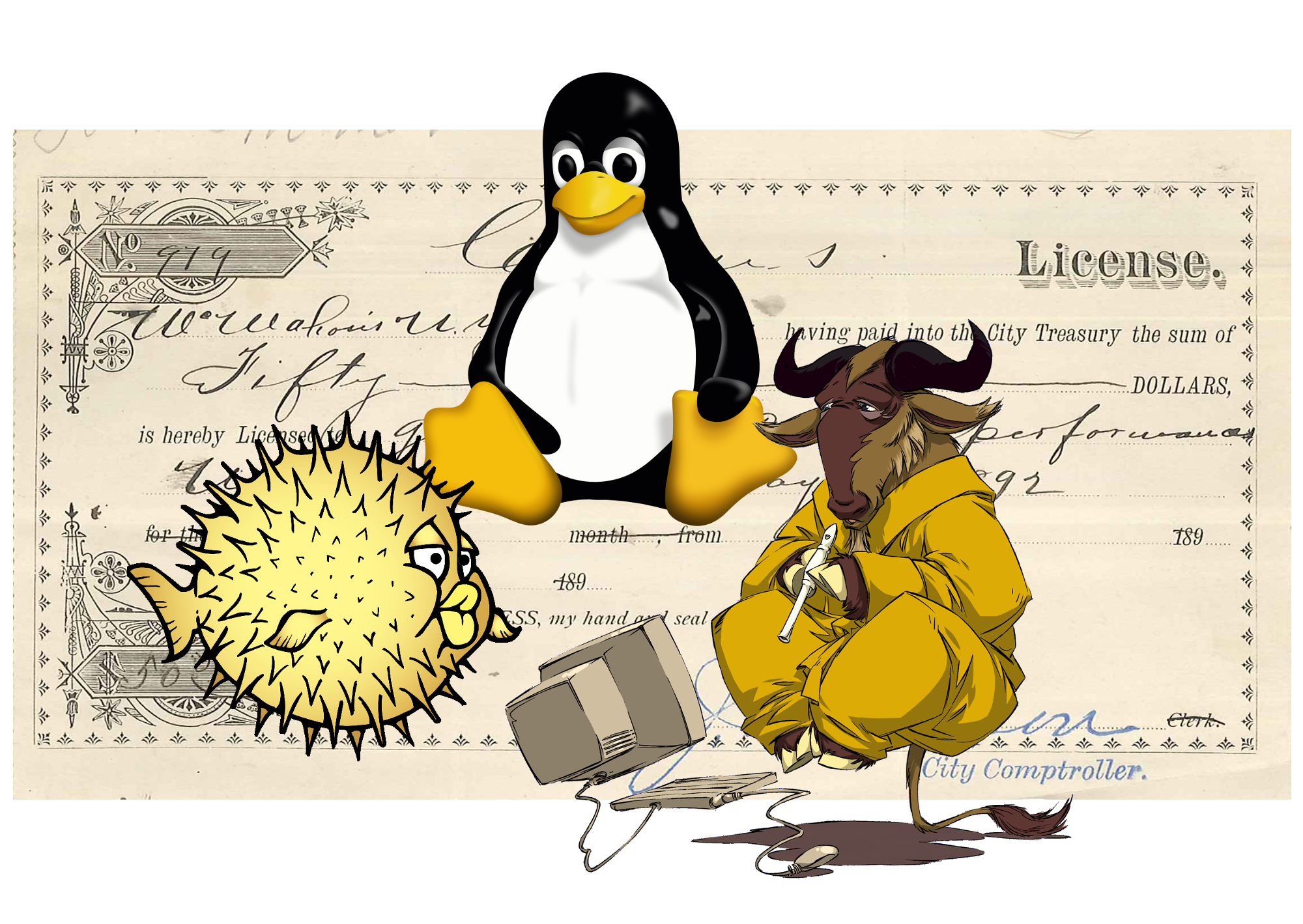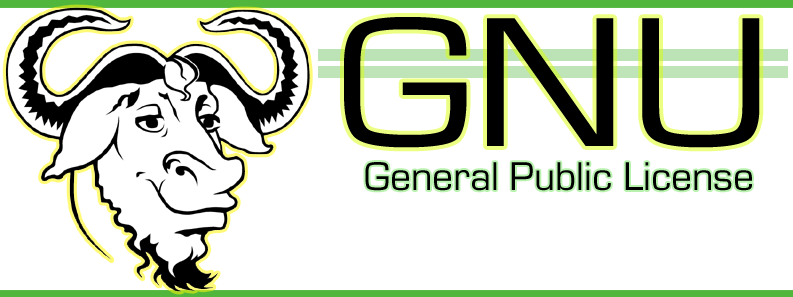
On Habré and other resources , information has been repeatedly published that manufacturers of devices and proprietary software have violated the GPL license for many years. Free software is open to everyone, but many electronic device manufacturers are violating the GPL in an effort to make more money.
No matter how soft the terms of the license, if its terms are violated, you can be held legally liable for this. This is exactly what the US-based Software Freedom Conservancy (SFC), an advocacy organization that provides assistance to open source software projects, is going to do. The SFC announced that it will no longer tolerate violations by manufacturers of IoT gadgets and other devices.
What is the problem
In order to use GPL-protected open source software in its products, the manufacturer must provide its source code. Both project code and installation instructions are subject to this requirement. Otherwise, the user has no control over the software, the essence of the term "open source" is lost.
Unfortunately, few companies follow the rules, most use free software as they see fit, without complying with the requirements of the GPL license. Over the years, violators have learned a good way to bypass the law in order to use free software sources and not be punished.
SFC officials claim that nearly all major software and hardware vendors use GPL source code. Almost all of them violate the terms. This applies in particular to manufacturers of IoT devices.
When SFC representatives try to come to terms with companies in an amicable way, the latter delay the negotiation process so that all problems will settle on their own. In addition, companies often state that if the SEC considers them to be violators, then the organization must go to court.
Until recently, violators were turned a blind eye, but now the situation has changed.
What changed?
The nonprofit human rights organization Software Freedom Conservancy (SFC) decided to do just that - to go to court with a demand to punish violators of the law. For example, it is planned to organize a show trial in the United States against one of the major electronics manufacturers, a company that does not comply with the terms of the GPL license.
For years, the SFC has tried to communicate the benefits of open source software and the avoidance of stealing ideas, code, and products. But, as mentioned above, manufacturers continue to release Linux-based closed-source devices, violating the terms of the license. The problematic software comes with refrigerators, electronic babysitters, virtual assistants, soundbars, doorbells, security cameras, car systems, AV receivers, and televisions.
SGC lawyers have studied the basic techniques used by cybercriminals to evade responsibility. In addition, SGC has developed a strategy to deal with intruders. How effective this is, only time will tell. So far, no one knows which company will be the first to lose the right to work in the country.
What is the GPL?

Recall the essence of the license and its features. The GNU General Public License (GPL) is a free software license. The GPL enables users to use, distribute, study, and modify software.
The terms of use for GPL-covered software are very soft. In particular, the GPL allows new software to be used for any purpose, including commercial. In addition, it makes it possible to distribute copies of the software, receive the source code along with the developed program, make changes to the software, or use some part of it when developing new free software.
At the same time, the GPL sets a condition: it is necessary to share modified sources, while changes are also licensed under the terms of the GPL.
A simple example of GPL-covered software is the Linux kernel and a number of GNU utilities that come with most GNU / Linux distributions.
What else will the SFC do
The organization plans to work in three directions at once :
- Forcing manufacturers to comply with the GPL and eliminate existing violations.
- Working with other organizations to promote the idea that product compliance with the GPL is an important detail for protecting privacy and consumer rights.
- Development of the Firmware Liberation project to create alternative firmware.
As for the last point, the SFC is going to select a certain class of products from the category of embedded solutions based on Linux and develop alternative, completely free firmware for them. They will be based on code discovered by the manufacturer as a result of the elimination of GPL violations. Approximately the same scheme was used by the OpenWrt project, using the firmware code for the WRT54G.

Bradley Kuhn, chief executive of the SFC, argues that now is the time to apply the toughest legal action to bring violators to justice. The organization has experience. For example, in 2010, the SFC won compensation in the amount of $ 138 thousand from Westinghouse Digital Electronics for violating the terms of the GPL license. The company used open source firmware, but the firmware sources were not published. In addition to the fine, the companies were banned from selling devices with problematic software.
The organization's initiative was supported by other industry representatives. In particular, the ARDC Foundation (Amateur Radio Digital Communications) has already allocated a grant to the SFC organization in the amount of 150 thousand dollars.
SFC protects 44 open source projects, including the QEMU emulator, the free Win32 API implementation - WINE, the free SMB / CIFS protocol implementation - Samba, the embedded OS for home routers OpenWrt, and the Busybox console utilities package.
